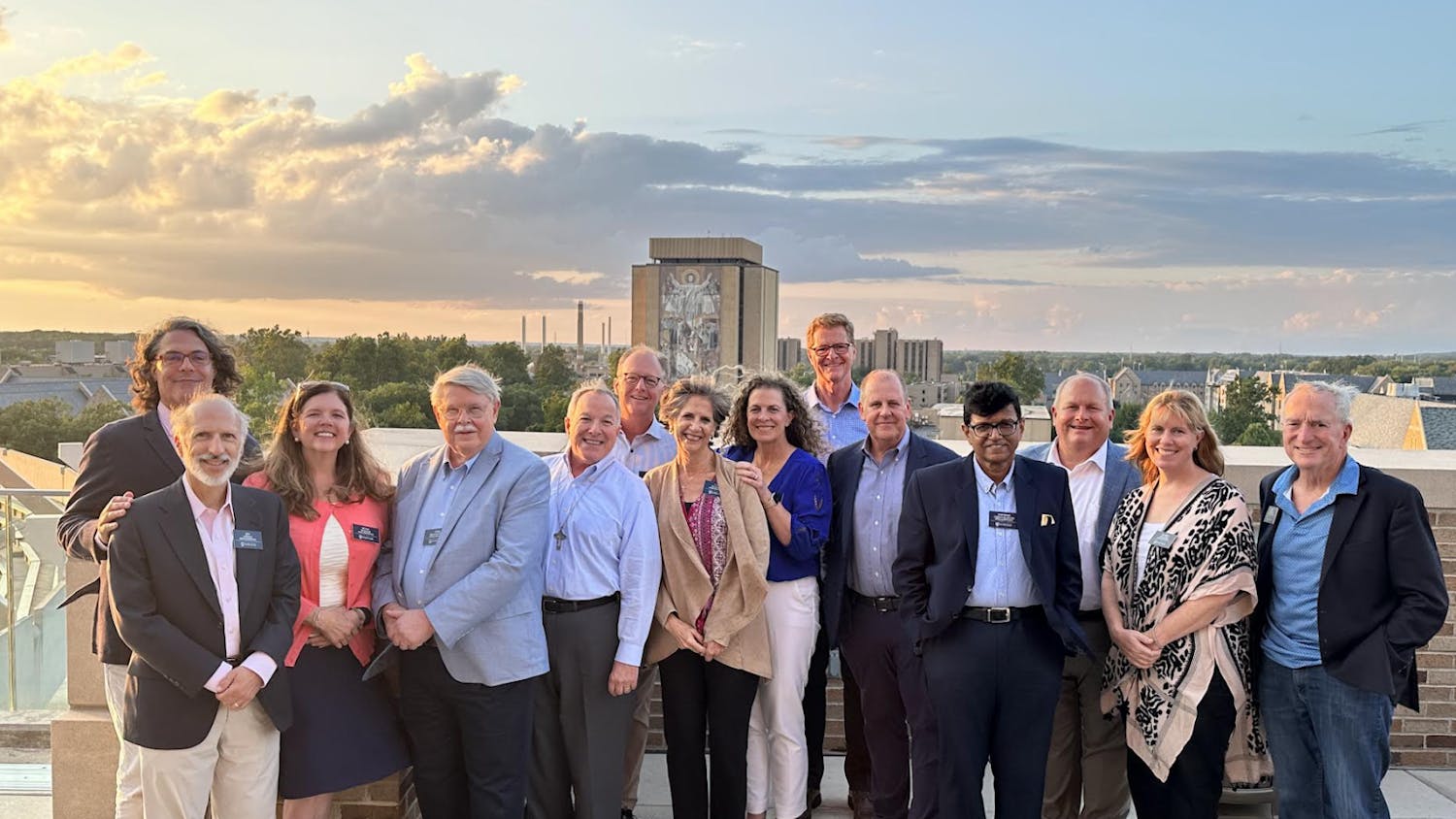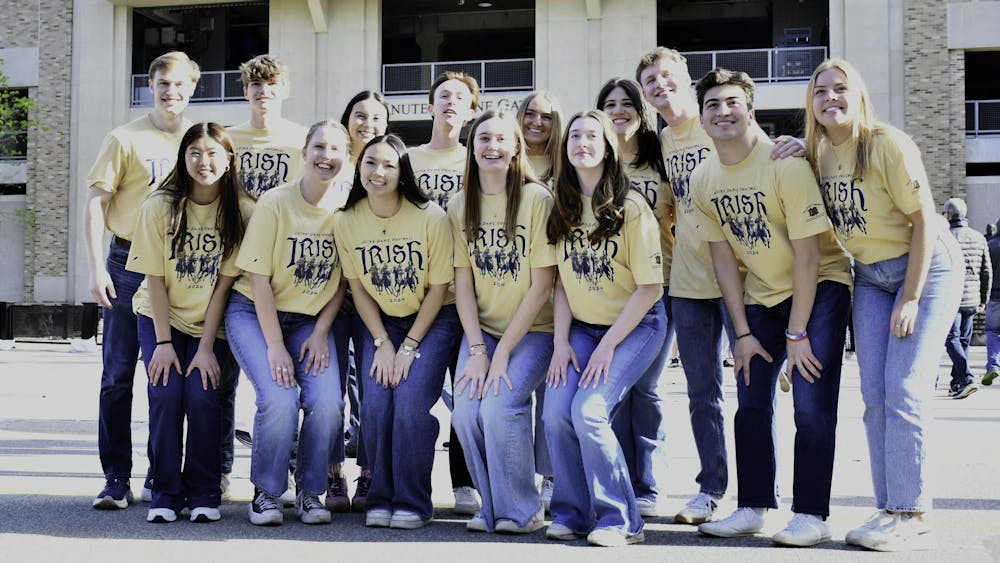Flint, Michigan, and South Bend, Indiana, have a lot in common — both are post-industrial Midwestern cities with about 100,000 people, and both have a lead problem.
In order to help deal with the lead problem in South Bend, sophomores Brittany Margritz and Alex Bonino volunteered for “Get the Lead Out,” an event meant to raise awareness in the community about the problem and the opportunities for free testing.
Margritz said she and Bonino were made aware of the event through an engineering class they were both taking.
“We’re in a class called ‘Community-Based Engineering Design Projects,’ and we were tasked with designing a local project in the South Bend community, and our professor told us that … one of them was involvement in the lead project, and we decided that would be the best,” she said.
Knowing the extent of the lead problem, discovered after a 10-year study done by Reuters, motivated Bonino to go out and inform the community on problems and possible solutions, he said.
“So people are upset with what’s happening in Flint, Michigan, when there’s higher levels here in St. Joseph’s County,” Bonino said. “ ... The northwest of South Bend and the area [has found] 31 percent of the children tested over that time span had lead levels that were above the CDC recommendations where action needs to be taken. [This] was the highest percentage in all of Indiana.”
This study, Margritz said, revealed some unexpectedly high numbers of children testing positive for lead.
“[The number of those testing positive is] six times higher than the levels in Flint, Michigan,” she said.
Margritz said those attempting to help with awareness sought out the advice of those in the community in order to pursue the best course of action for dealing with the problem in any way possible.
“There’s already a lot of people involved at the University, like Dr. [Heidi] Biedinger, so we started out by meeting with people like that to figure out what was going on and what was happening and if there was a place for us to get involved that would be beneficial to people,” she said.
While undergraduate students were limited in the impact they could make, any small steps to make progress were worthwhile, Bonino said.
“So unfortunately for undergraduate students at Notre Dame, this problem is a little too widespread and has too much monetary demand [that] undergraduates can’t solve this issue,” he said “So primarily, what we have to do is spread information. … People don’t know if their kid has tested for high levels of lead.”
In order to help in whatever capacity possible, students have been diagramming the effects of lead and mapping where the most cases of children testing positive for lead occur.
“We’re trying to make webs and comprehensive diagrams of everybody involved and how they affect each other,” he said.
Bonino said collaborators from the University and community were key in helping the project succeed.
“We partnered up with Engineers Without Borders and the Eck Institute and the New Northwest community center,” he said. “ ... [We] talked to them about easy remediation tasks, because painting a house can cost thousands of dollars, but simple things like dusting with wet rags … can keep levels of lead down.”
In order to further help alleviate the effects of these problems, Margritz said she hoped to help foster greater community engagement.
“We’re planning on, hopefully, forming an undergraduate coalition of sorts ... so we can work together with different departments to see how we can fix the issue,” she said.
Bonino said there were those at the University who were already taking up the mission to help fix the lead problem in the city.
“One person who is taking action this summer is Dr. Maria Lieberman,” he said. “She has one undergraduate researcher ... who will be testing plots in different areas to see where the lead is most highly concentrated.”













